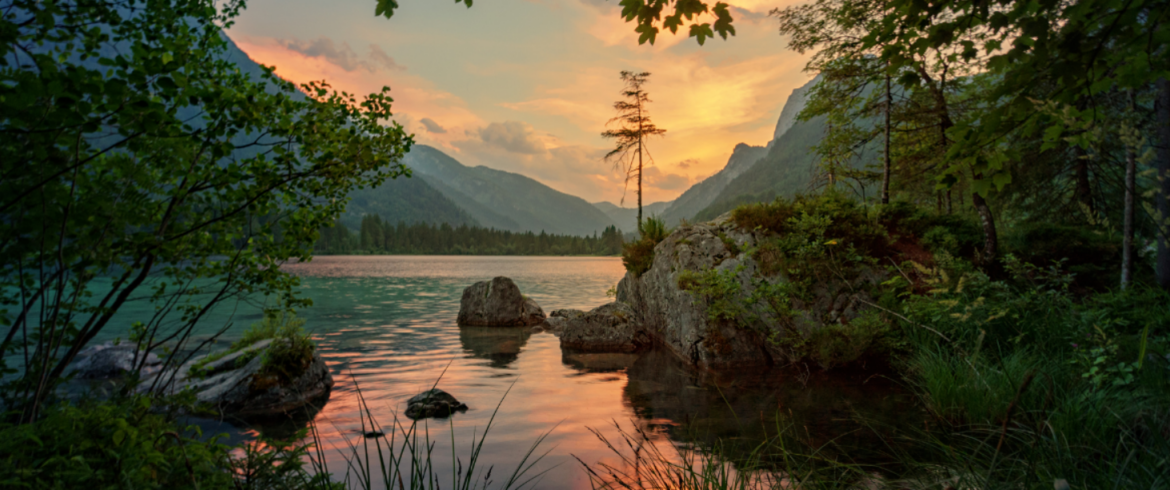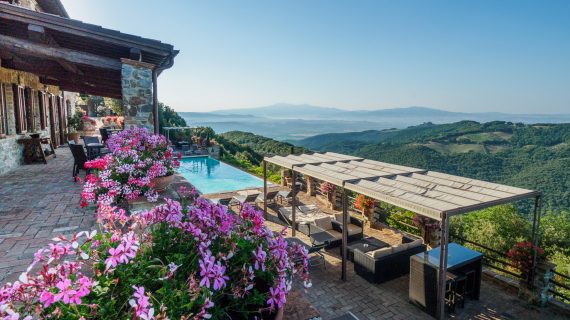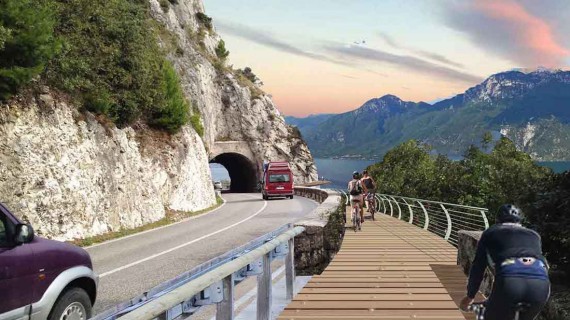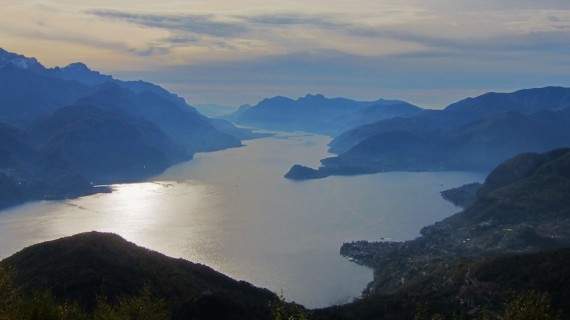The Pian di Spagna Natural Reserve was created in 1983 due to the will of the Lombardy Region. It is a flat area of about 1600 hectares between Valchiavenna and Valtellina. The Mezzola Lake is situated precisely within the reserve, north of Como Lake. It is separated from the Como Lake by the Mera River, which passes in the western part of the Pian di Spagna Natural Reserve. This lake is located 200 metres above sea level and bathes the provinces of Como and Sondrio. In particular, it bathes the municipalities of Gera, Lario, Dubino, Sorico, Novate Mezzola, and Verceia.
The Pian di Spagna Natural Reserve
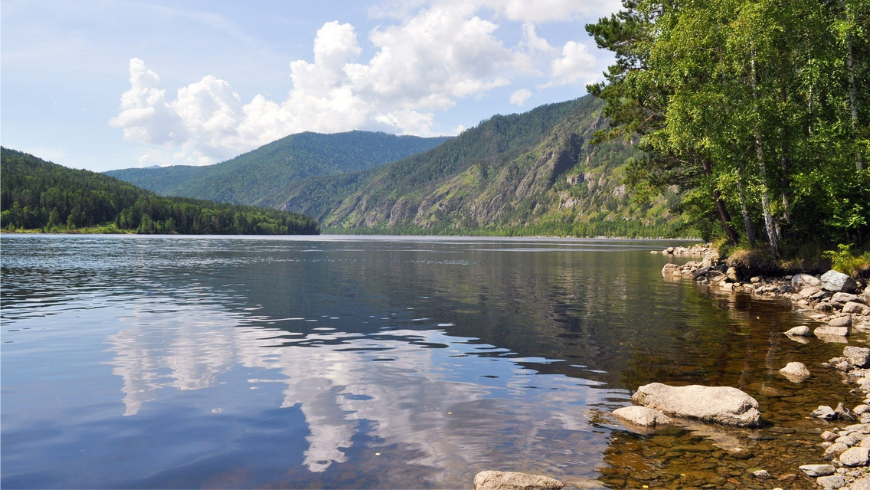
The Pian di Spagna Natural Reserve has an inestimable naturalistic value because it is the location where many species of migratory birds land during their migratory routes. In fact, the reserve is part of the European Ecological Network “Natura 2000”.
It is a set of places characterized by a variety of both flora and fauna, and which for this reason is of community interest and is protected to ensure that the abundant biodiversity is protected.
Why should you visit the Pian di Spagna Natural Reserve?
Undoubtedly, there are many routes that you can do – especially in the perimeter area of the park – both alone and accompanied by a Guide of the Reserve. In this way, you can discover the morphology of the Reserve itself as well as learn about various historical and environmental aspects that characterize it. This destination is ideal for both expert walkers and for those who are less so, including families with children.
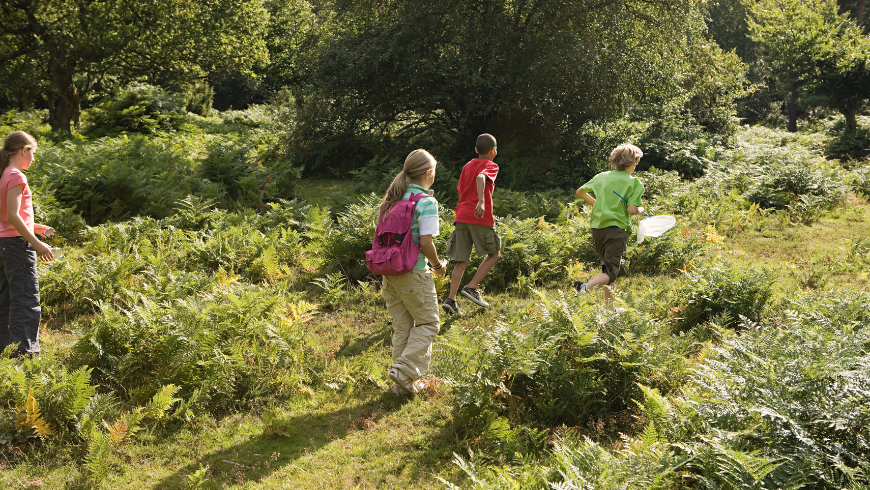
There are various routes both on mule tracks surrounded by greenery and in nature and on dirt roads.
How to reach the Reserve? You should leave the car in the area called “Ponte dell’Adda” and start from there the walk around Mezzola Lake.
Itineraries in the Pian di Spagna Reserve
There are several route options that are ideal for those who love walking in nature while admiring its beauties:
- A beautiful walking itinerary starts near the Adda Bridge, where you can admire the Fuentes Dort. You can also cover it by bicycle, in order to arrive at Cascina Lodoletta.
- Another ring itinerary has both arrival and departure from the locality of Beletrone. It develops entirely within the reserve and is very suggestive.
- A beautiful route lasting 3 hours, also suitable for less experienced travellers, starts from Dascio and reaches the Temple of San Fedelino in the locality of Sorico. Legends say that the church was built on the spot where the bones of the martyr Fedele were found in 964. You can also reach the temple by boat from the small port of Verceia.
- If you love birds, the right route for you is the one that goes from Ponte del Passo to Sasso di Dascio, which also has a unique view of the Mezzola Lake
But the real wonder is what we find on the shores of Mezzola Lake: a unique flora and fauna.
Flora and Fauna of the Mezzola Lake
As far as plants are concerned, you will find reeds, water lilies, and sedges, which have narrow and hard leaves and are grouped in tufts.
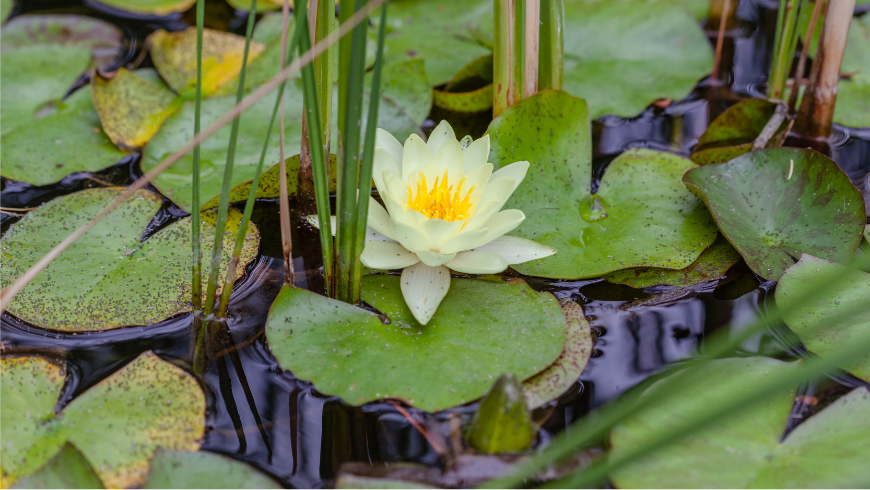
Talking about animals, you can find herons, swans, seagulls, cormorants, swallows, titmice, and much more.
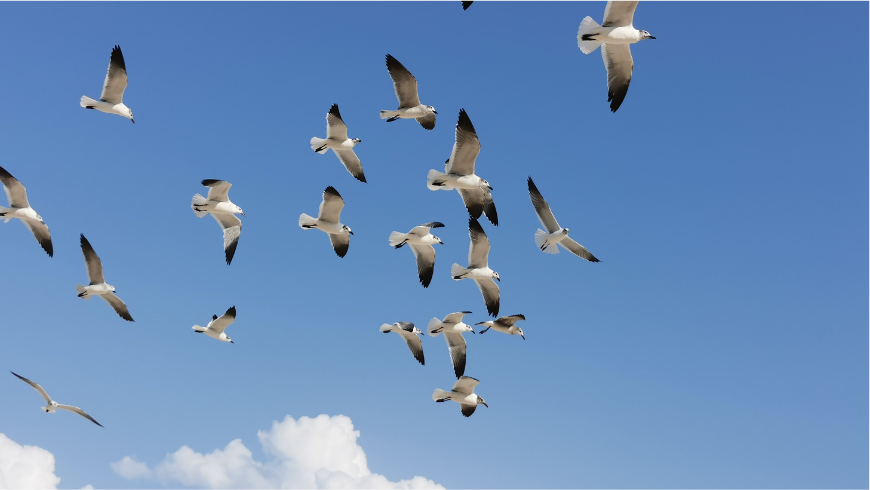
“Pian di Spagna” is among the most important reserves not just on a national, but also on a European level. In fact, here you can find many species of ducks that winter here and live on the lake itself. The purpose of the area is to be a safe port for many birds during migration.
When should you go to the Pian di Spagna Natural Reserve
If you are a birdwatching lover, the ideal period is November and May. Otherwise, any time is fine even if it is better if you avoid hot days as there are not many places to shelter from the scorching sun.
For more information visit the website of the Natural Reserve.
Cover image via CanvaPro
